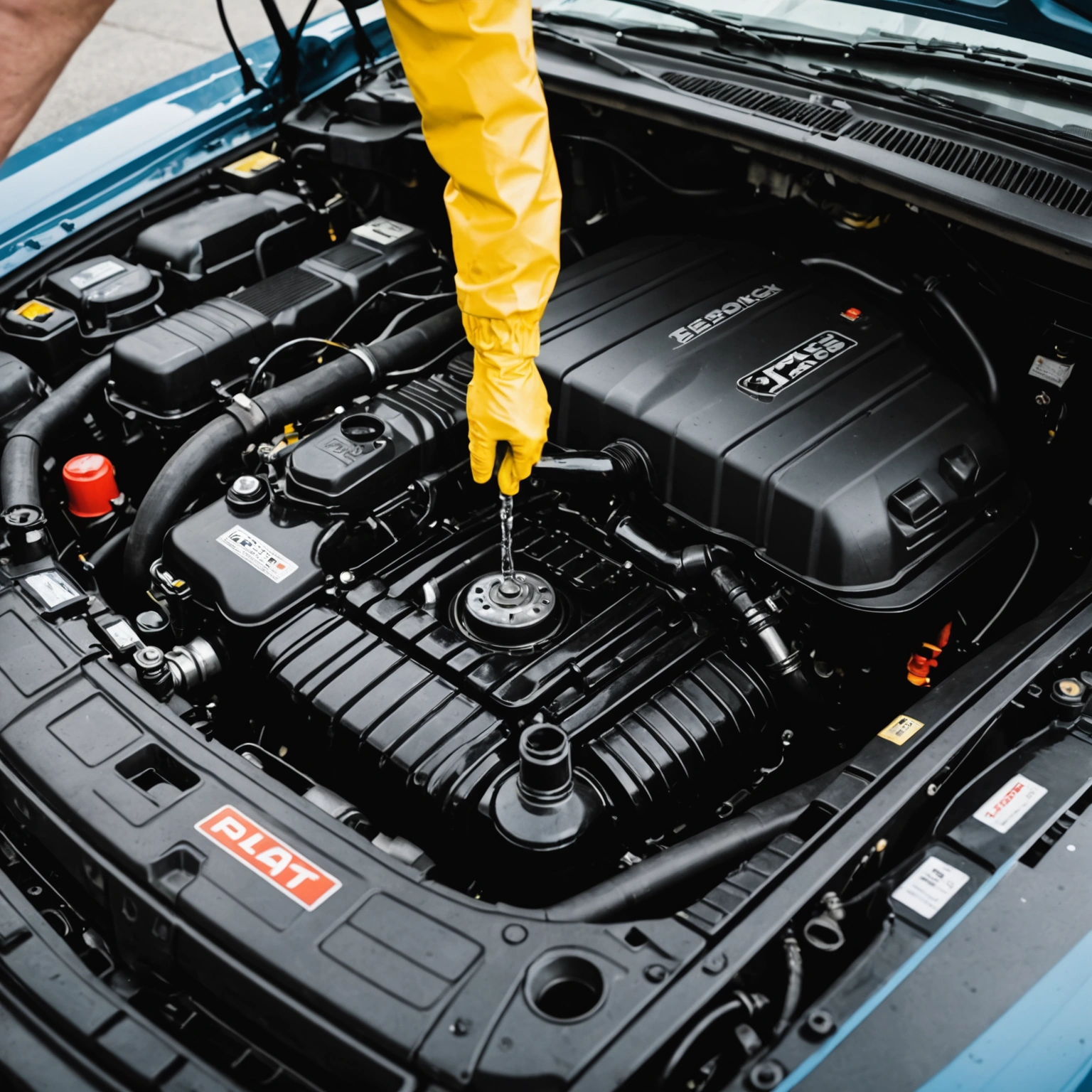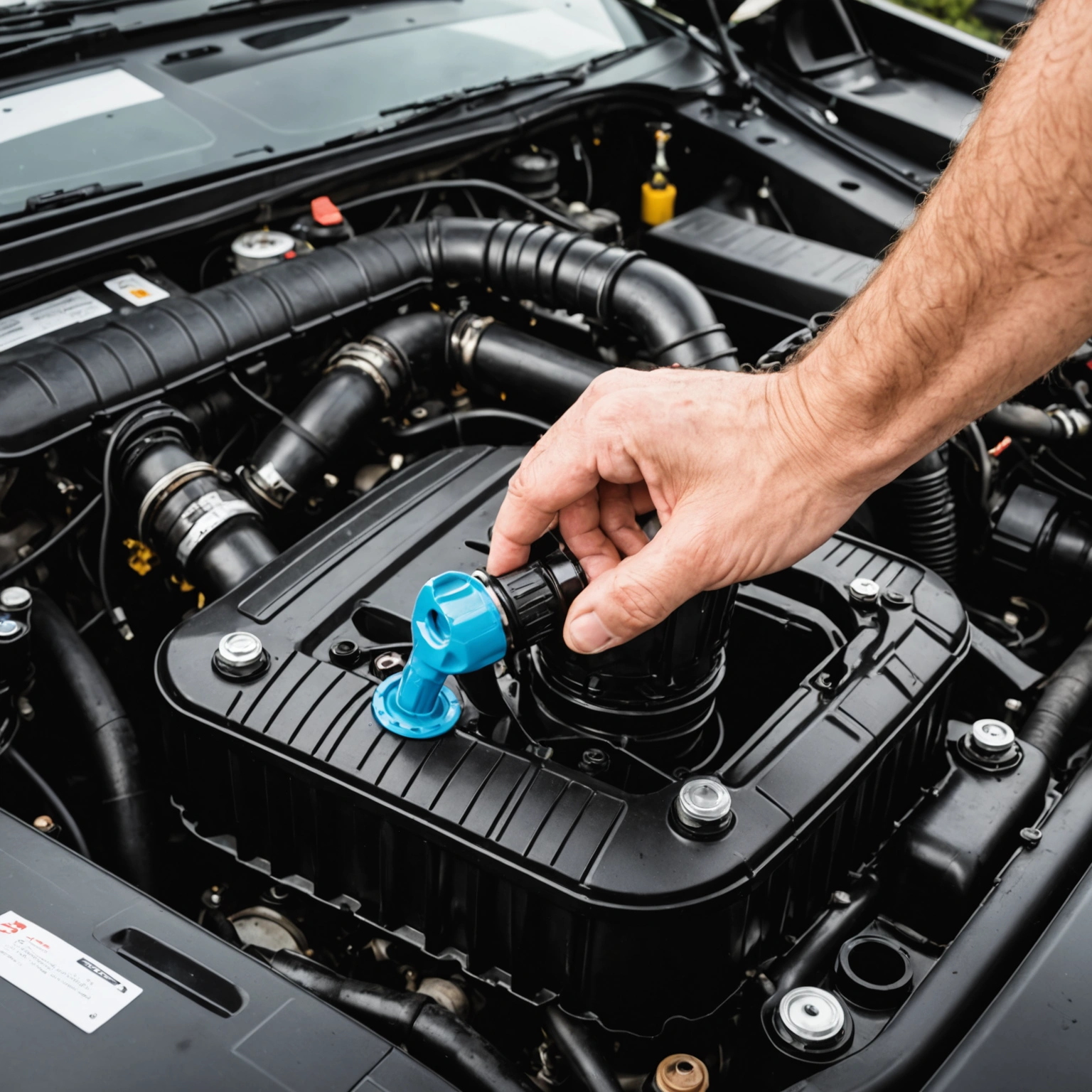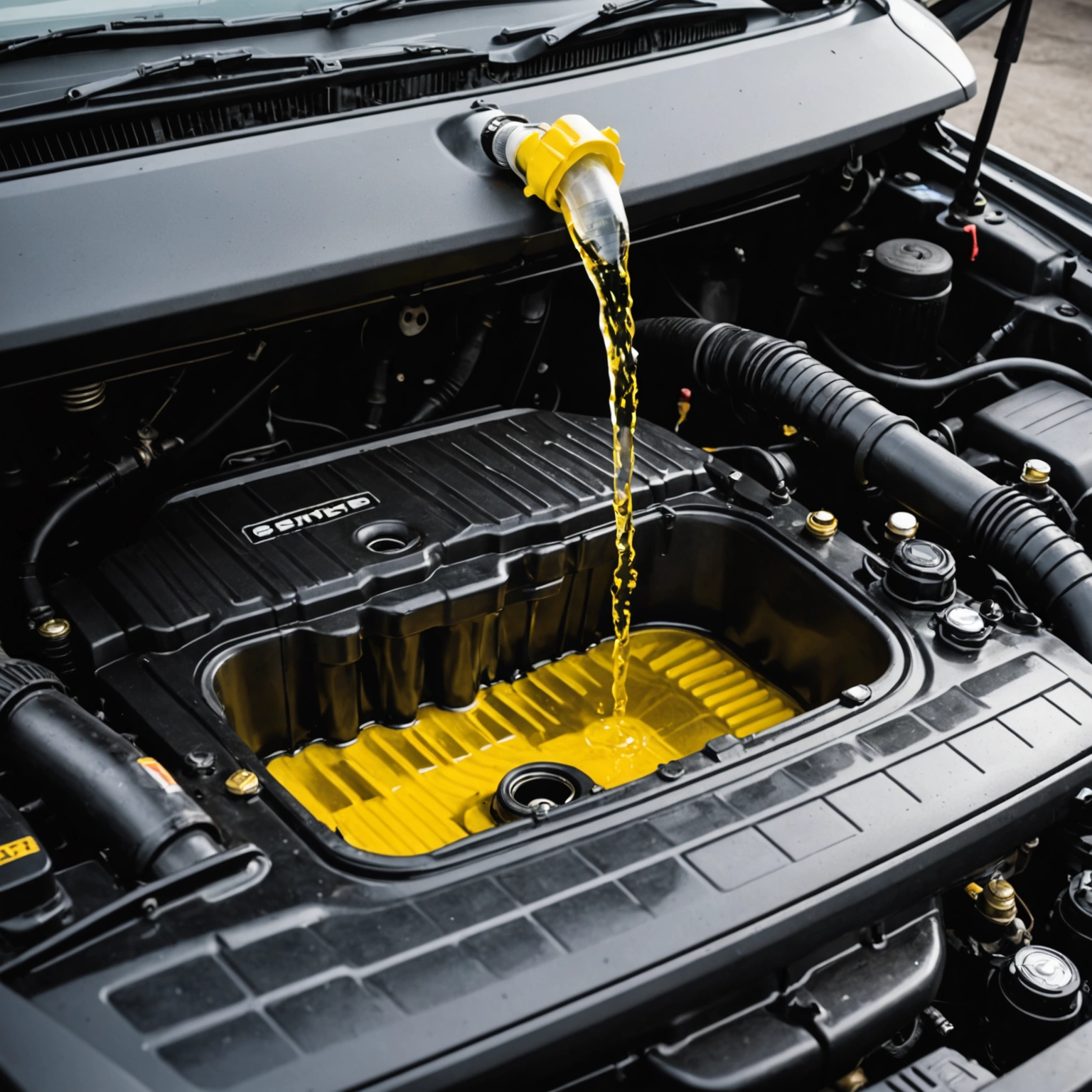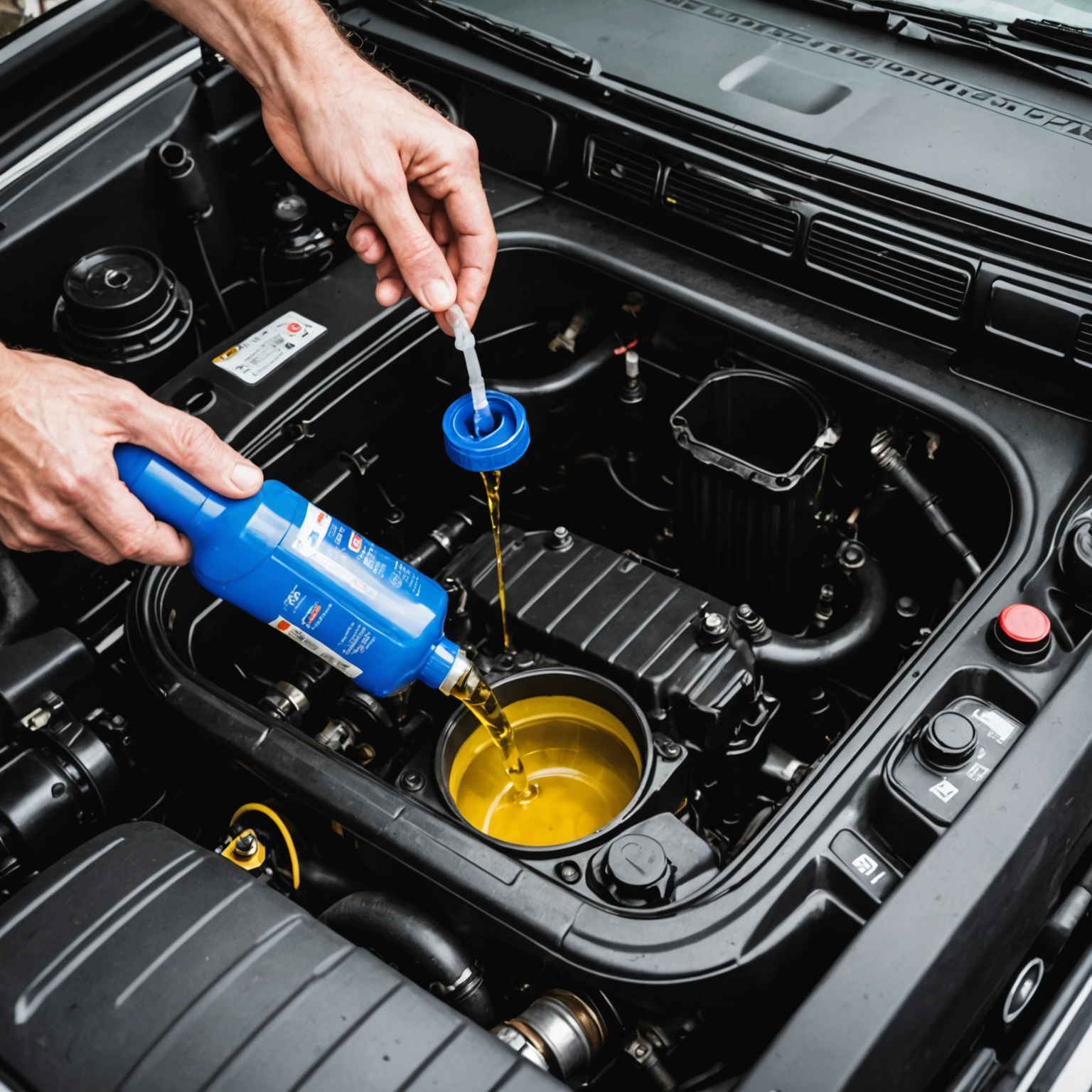**Why Does My Car Leak Coolant? Understanding the Causes and Solutions**
If you’ve noticed a puddle of coolant beneath your vehicle or spot a sweet, syrupy smell while driving, your car might be leaking coolant. Coolant, also known as antifreeze, is vital for maintaining the optimal operating temperature of your engine. When it leaks, it can lead to overheating, engine damage, and costly repairs. Let’s explore the common reasons why your car might be leaking coolant and what you can do about it.

### Common Causes of Coolant Leaks
1. **Damaged or W compromised Radiator**

– The radiator is responsible for dissipating heat from the coolant. Over time, corrosion, physical damage, or wear can cause the radiator to develop leaks. Cracks or holes in the radiator can lead to coolant escaping.
2. **Worn or Faulty Hoses**

– Coolant hoses are flexible pipes that direct coolant between the engine and radiator. They are susceptible to wear, cracking, or swelling due to age, heat, and vibrations. A compromised hose can leak or burst, spilling coolant.
3. **Leaking Water Pump**

– The water pump circulates coolant through the engine and radiator. If the pump’s seal or gasket fails, it can leak coolant. Signs include coolant puddles near the front of the engine or a whining noise from the pump.
4. **Faulty or Damaged Head Gasket**
– The head gasket seals the engine block and cylinder head. A blown head gasket can cause coolant to leak into the engine cylinders or outside the engine, resulting in external leaks or internal contamination.
5. **Radiator Cap Issues**
– The radiator cap maintains pressure within the cooling system. A faulty cap can cause pressure loss, leading to coolant boiling over or leaking.
6. **Heater Core Leaks**
– The heater core provides warm air to the cabin. If it develops a leak, you might notice a sweet smell inside the vehicle, foggy windows, or damp carpets along the dashboard.
7. **Clogged or Corroded Components**
– Over time, corrosion inside the cooling system can create small holes or weaknesses in components, leading to leaks.
### How to Identify a Coolant Leak
– **Visual Inspection:** Look for puddles or wet spots under your vehicle, especially near the front and under the engine.
– **Color and Smell:** Coolant is usually bright green, orange, or pink and has a sweet smell.
– **Engine Temperature:** If your engine overheats or runs hotter than usual, it might be due to low coolant levels.
– **Check the Coolant Level:** Use the reservoir tank to see if coolant levels are below the recommended mark.
### What Should You Do?
– **Never Ignore a Leak:** Low coolant levels can lead to severe engine overheating and damage.
– **Perform a Pressure Test:** A mechanic can perform a cooling system pressure test to locate leaks.
– **Check for Visible Damage:** Inspect hoses, radiator, and other components for cracks or leaks.
– **Refill and Monitor:** If the leak is minor, topping off coolant and monitoring for new leaks can help until you get professional help.
### Preventive Tips
– Regularly inspect your cooling system.
– Schedule routine coolant flushes as recommended by your vehicle manufacturer.
– Replace worn hoses and components proactively.
– Keep an eye on the radiator cap and replace it if it shows signs of wear.
### Final Thoughts
A coolant leak is a common issue but should never be ignored. Prompt diagnosis and repairs can save you from more extensive engine damage and costly repairs down the line. If you’re unsure about the source of the leak or how to fix it, consult a professional mechanic to ensure your vehicle stays in optimal condition.
**Stay vigilant and keep your cooling system in top shape for a smooth and safe driving experience!**

